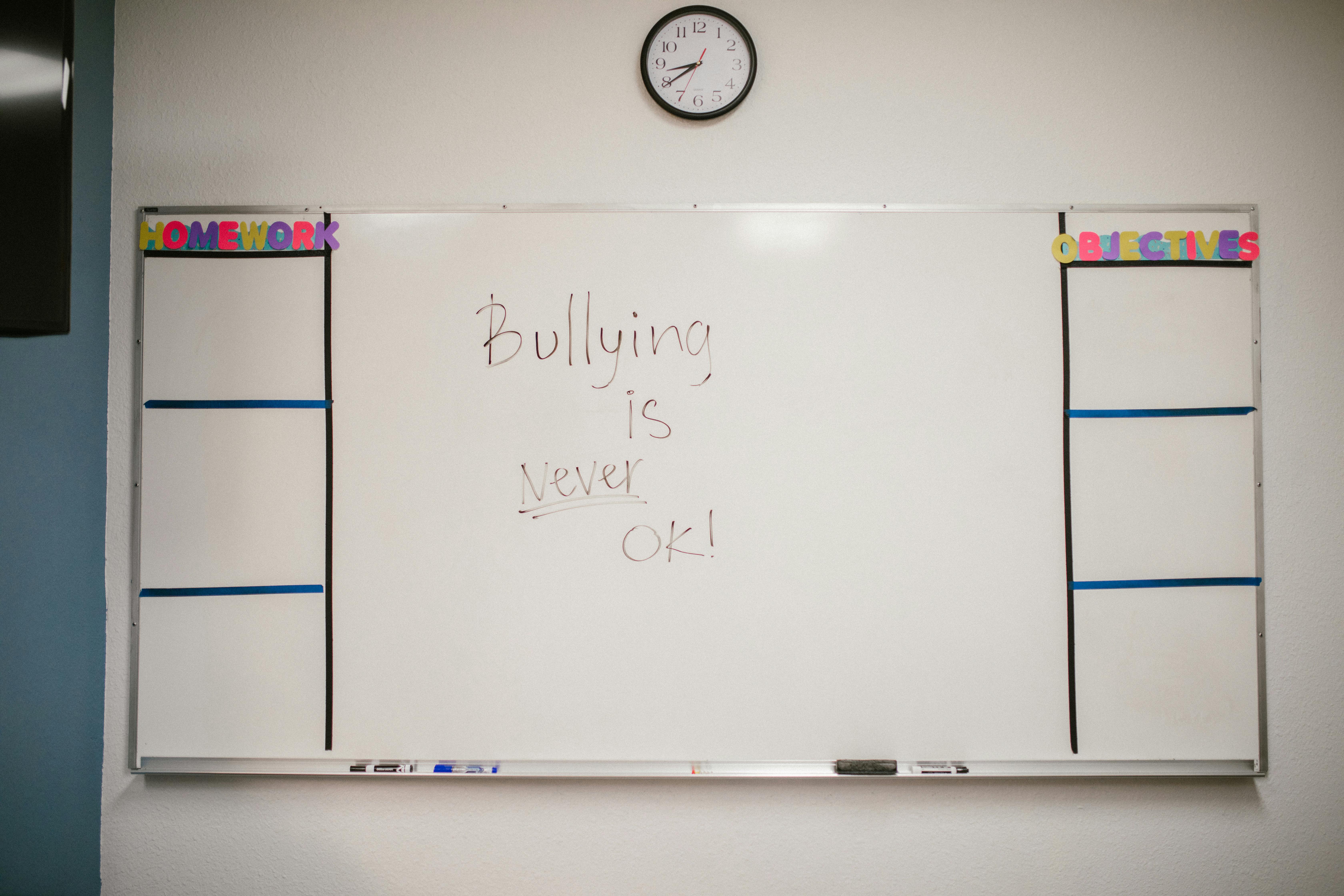Yesterday I received a question from the Ask Experts site that I feel the need to share, as this comes up more and more with the advent of massive Pilates DVDs and unqualified instructors.
Question: “Hello, I am a beginner in Pilates, when I try to do the V shape or half crunch, I get a VERY painful cramp just below my ribcage on the right side, it paralyzes me. I feel like I will never get rid of it.” of this flabby belly that ruins all my pretty outfits.
First, no Pilates beginner should do the teaser (the V-shape), which is an intermediate/advanced exercise that requires deeper abdominal recruitment to avoid overuse of the hip flexors and external obliques.
Second, there is nothing “Crunch” like it in Pilates. We are not squeezing and compressing the midsection like someone who has buttoned their vest over their pants, but are looking to functionally strengthen the muscles without compression using the pelvic floor and transversus abdominis.
While the Pilates mat is the most accessible form of Pilates, the equipment is actually more appropriate for beginners. Joseph Pilates invented the apparatus to assist and resist movement, allowing people to exercise who otherwise would not be able to move properly. It is not true that one should do mat Pilates before getting on the machines.
Then I saw an ad for “Cardiolates,” a concept that is both fascinating and terrifying. Keep in mind that Pilates is an anaerobic exercise, like weight training. Attempting to combine Pilates and cardio into a single exercise regimen is simply wrong, contrary to the foundation of Pilates exercise, and will most likely result in many injured people feeling like they can’t do Pilates because it hurts.
I hate this mass production of Pilates because it makes Pilates seem like just a group of exercises (that look like other exercises) that you can do fast, slow, or otherwise. Thats not all! Pilates is all about how you exercise; it’s about how you move, breathe and take positions. Pilates is all about balance and proper movement, not just dragging yourself into a certain position.
Pilates performed incorrectly can cause: hernias (from pushing down too much) muscle cramps (from improper recruitment) neck and back injuries (from improperly flattening the back and neck causing muscle tension and vertebral compression and from overstretching or overextending back and neck, all from incorrect instruction on how to stabilize the pelvis) rotator cuff injuries (from pushing a wide range of motion in the shoulder joint without proper stabilization of the rib cage) osteoporotic vertebral fractures (from too much flexion forward and other movements contraindicated for osteoporosis ) and other injuries
Listen up: Poorly taught and poorly executed Pilates can cause you injuries that will stay with you forever, so find a certified Pilates teacher to work with and speak up when things hurt or you’re not sure how to do something.
